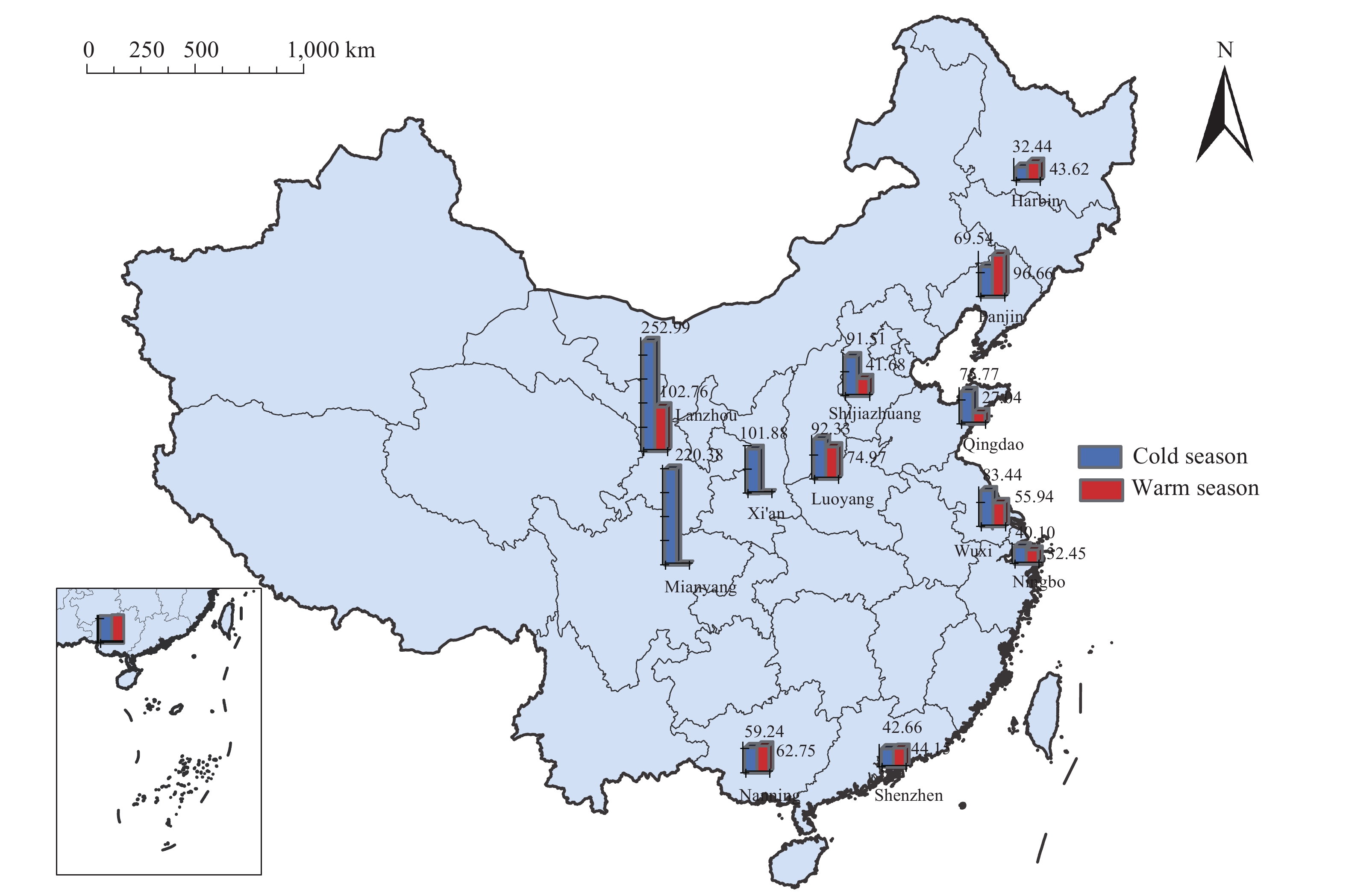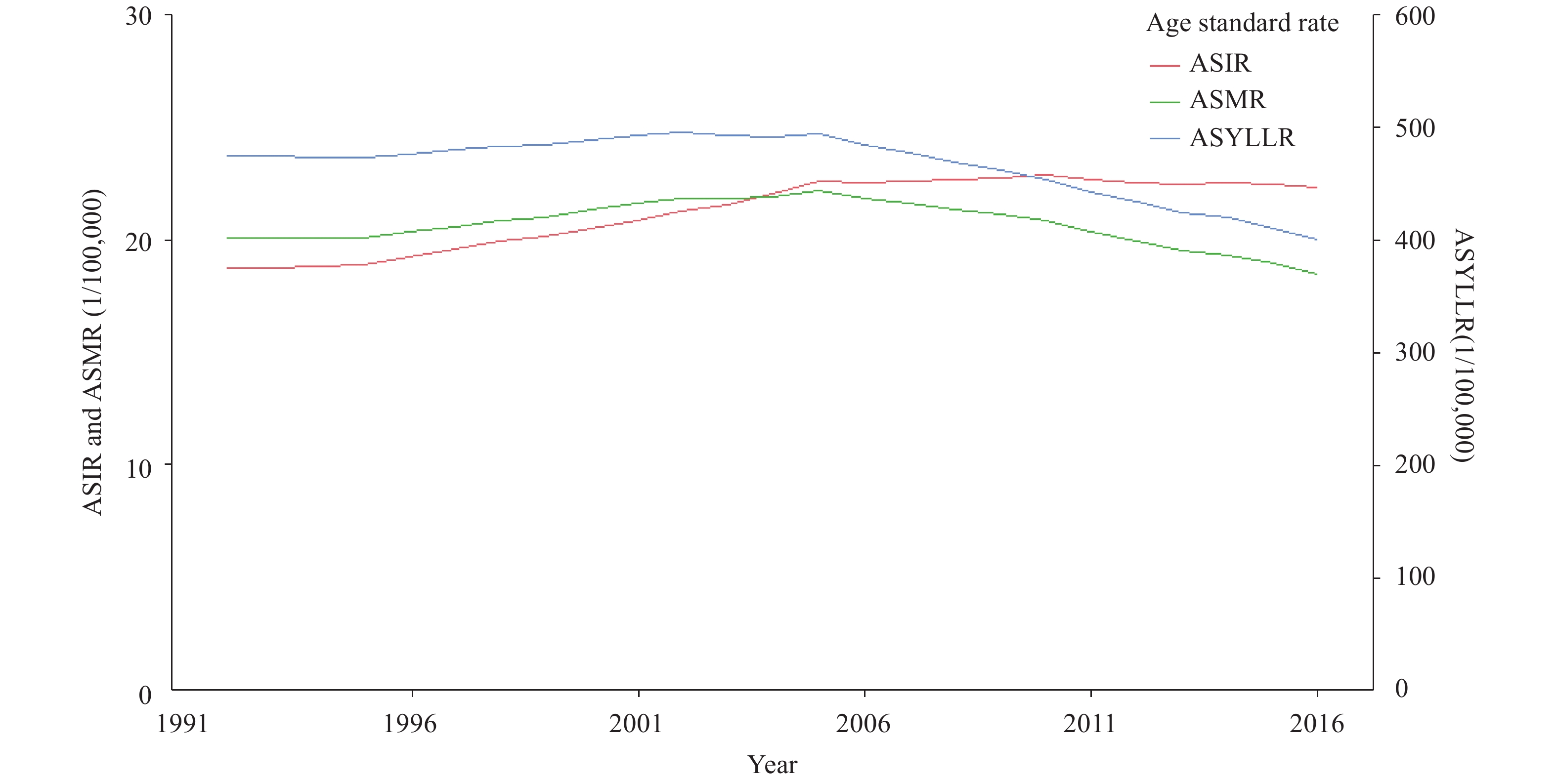2020 Vol. 2, No. 32
What is already known about this topic?
China is a country mainly based on thermal power generation. Noise is one of the most critical occupational hazards among thermal power stations.
What is added by this report?
The proportion of detected environmental noise that exceeded 85 dB(A) is 69.6%, and the median of its noise level was 88.4 dB(A). The proportion of detected individual noise that exceeded 85 dB(A) was 52.6%, and the median of its noise level was 85.4 dB(A). The overall environmental noise exposure levels rose with the increase in the scales of coal-fired thermal power stations, while the individual noise exposure levels were contrary.
What are the implications for public health practice?
Workers in coal-fired thermal power stations are exposed to noise at a significantly high level, more than half of the environmental and individual exposure level were above 85 dB(A), which could impair workers’ hearing capacity. Specific intervention is required to protect workers from exposure to noise at the workplace and eliminate the adverse health effects.
What is already known about this topic?
Residential air pollution can cause a large disease burden, and residential air quality is directly influenced by residential fine particulate matter (PM2.5). Residential PM2.5 pollution is of critical concern in China given that the characteristics and influencing factors of residential PM2.5 in China are not clear.
What is added by this report?
This study focuseed on residential PM2.5 concentration of 12 cities with the on-site investigation in 2018, and provided the latest characteristics and potential influencing factors of residential PM2.5 under general living scenarios in China.
What are the implications for public health practice?
This study suggested that the control of residential PM2.5 pollution should be reinforced with revised indoor air quality standards under obvious spatial diversity.
What is already known about this topic?
The incidence of female lung cancer in China has been rising, whereas the incidence ratio among men and women is declining. The rising trend of female lung cancer is a prominent public health concern for China.
What is added by this report?
The joint secular trends distribution of the incidence, mortality, and years of life lost (YLLs) due to premature death of lung cancer in Chinese women demonstrated a certain regionality, which implied the risk factors for female lung cancer in China might be different by region. Common determinant risk factors may exist in regions sharing the same joint secular trends.
What are the implications for public health practice?
The secular trends and the regional pattern of the trends of female lung cancer in China suggested that the prevention and control of female lung cancer should be implemented with targeted regional interventions.
What is already known about this topic?
Overexposure to arsenic is toxic and affects bodily systems. In severe cases, loss of motor function and death can occur.
What is added by this report?
At the end of 2018, a waterborne acute arsenic poisoning event occurred in Yongzhou City of Hunan Province because arsenic-containing slags contaminated the water supply, which resulted in 10 people being poisoned. Patients were poisoned through domestic use of contaminated well water excluding drinking.
What are the implications for public health practice?
Clinicians should be trained to correctly and promptly identify and diagnose acute arsenic poisoning. The arsenic slags and byproducts should be strictly managed by corresponding enterprises to avoid similar poisoning incidents. When dealing with such events, water intended for domestic use should be closely monitored and environmental pollution should be assessed and controlled.



 Subscribe for E-mail Alerts
Subscribe for E-mail Alerts CCDC Weekly RSS Feed
CCDC Weekly RSS Feed
